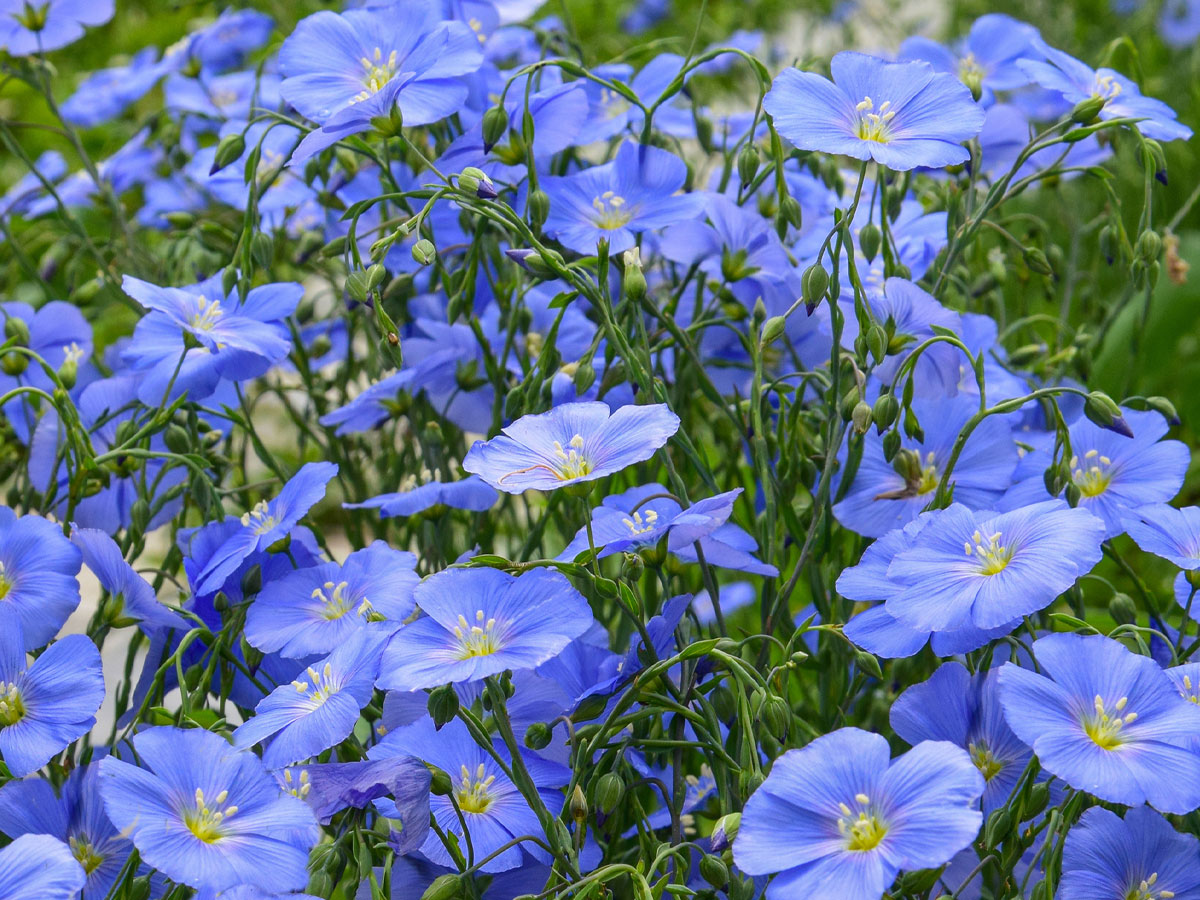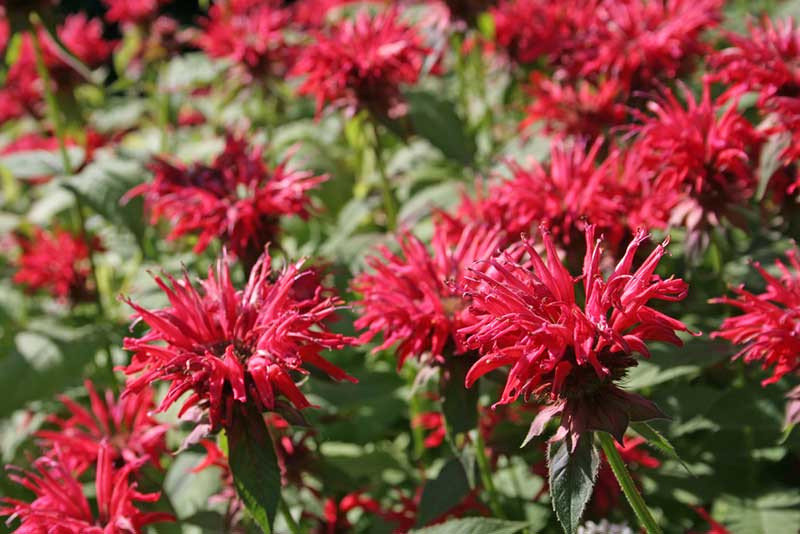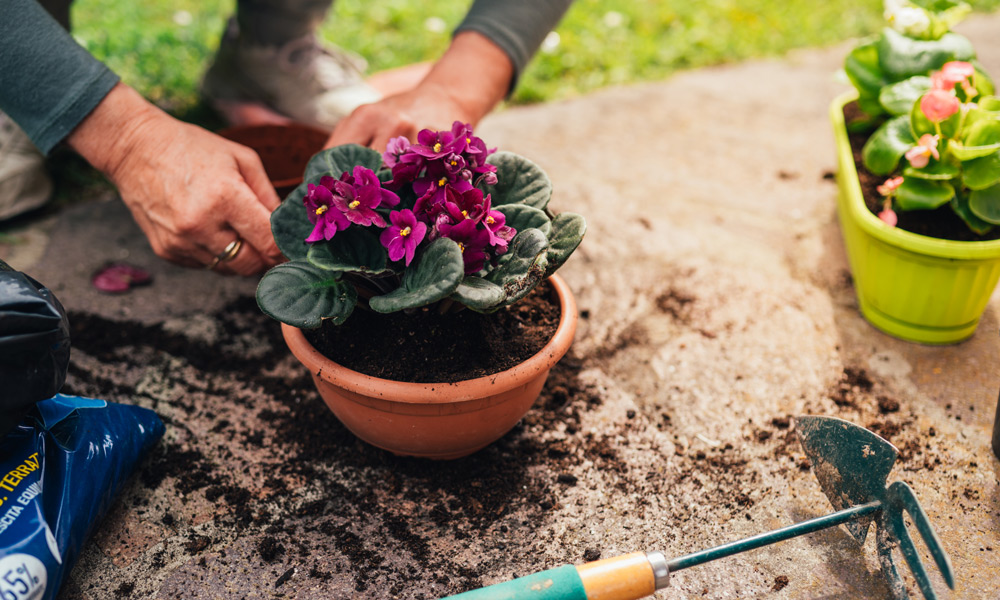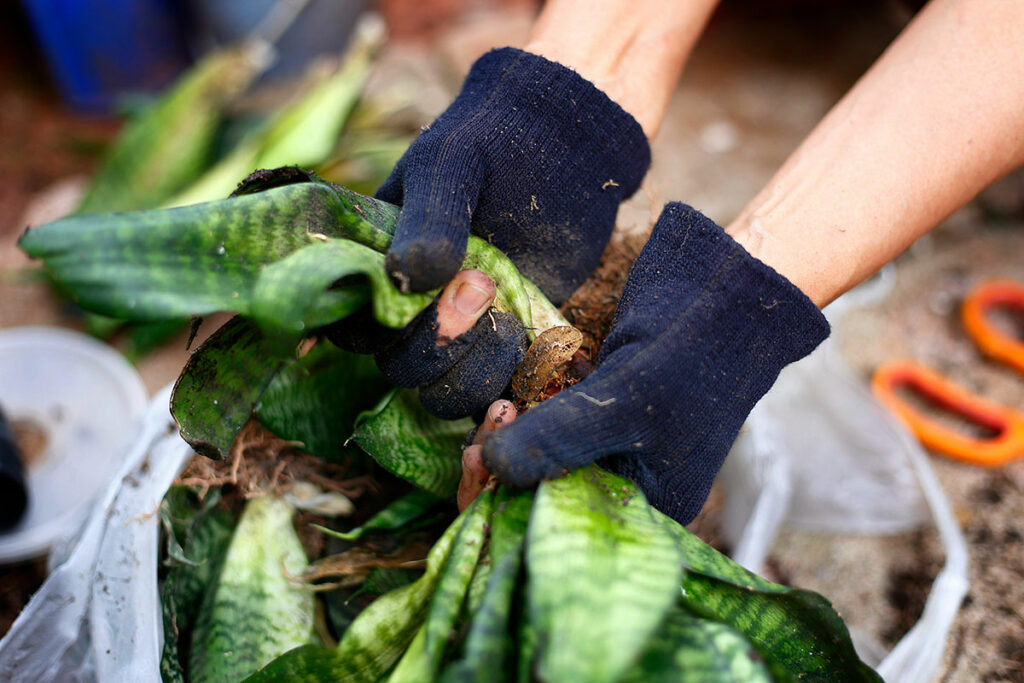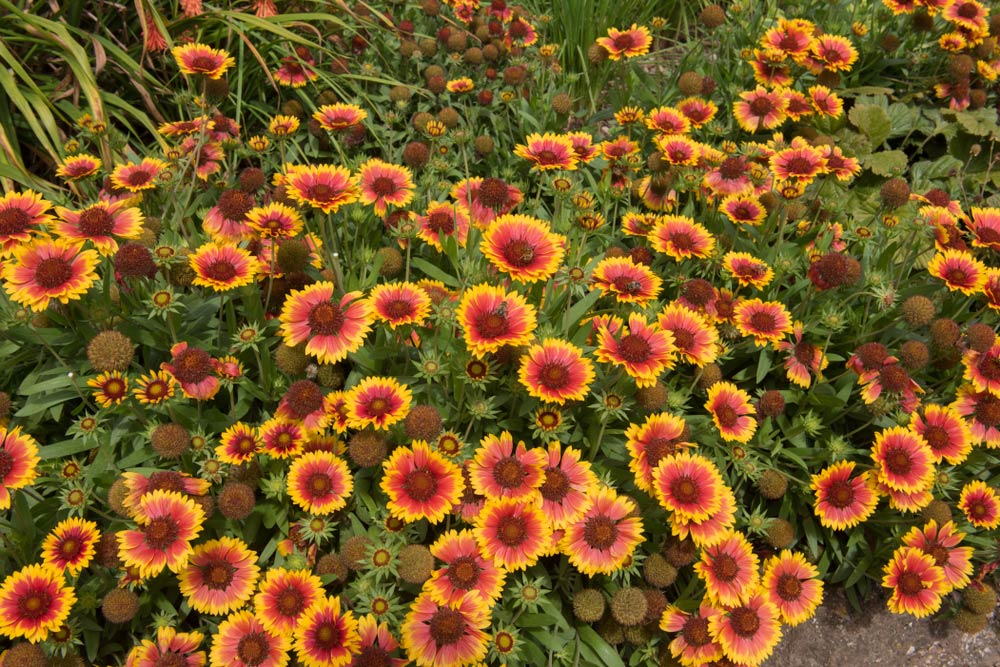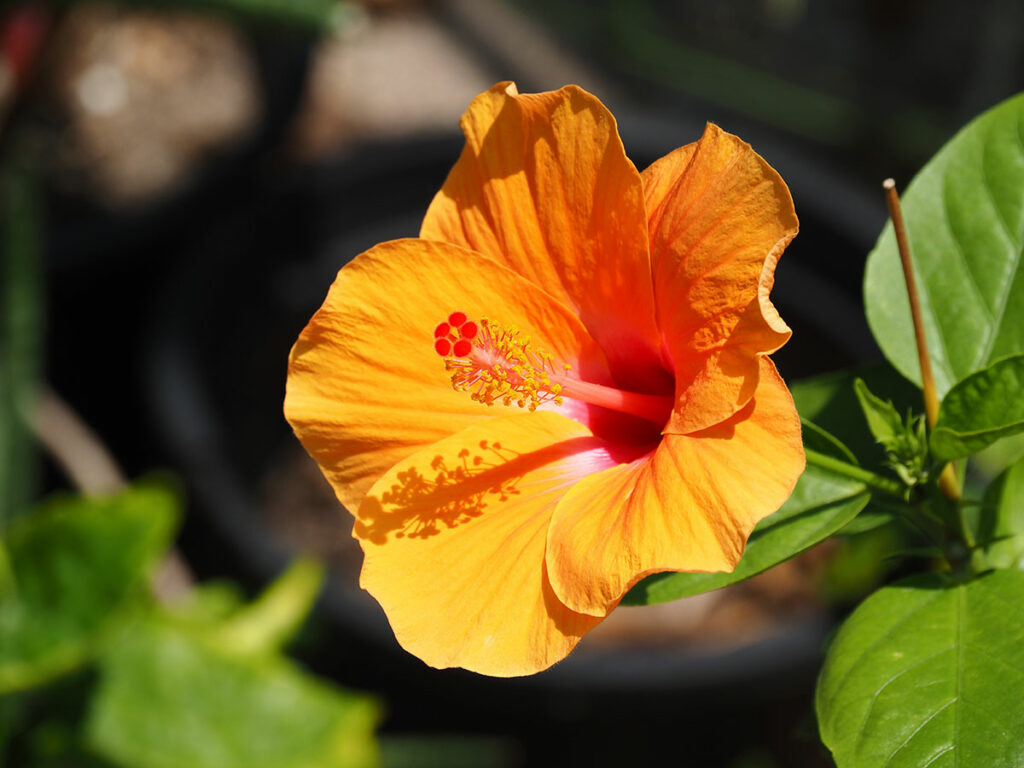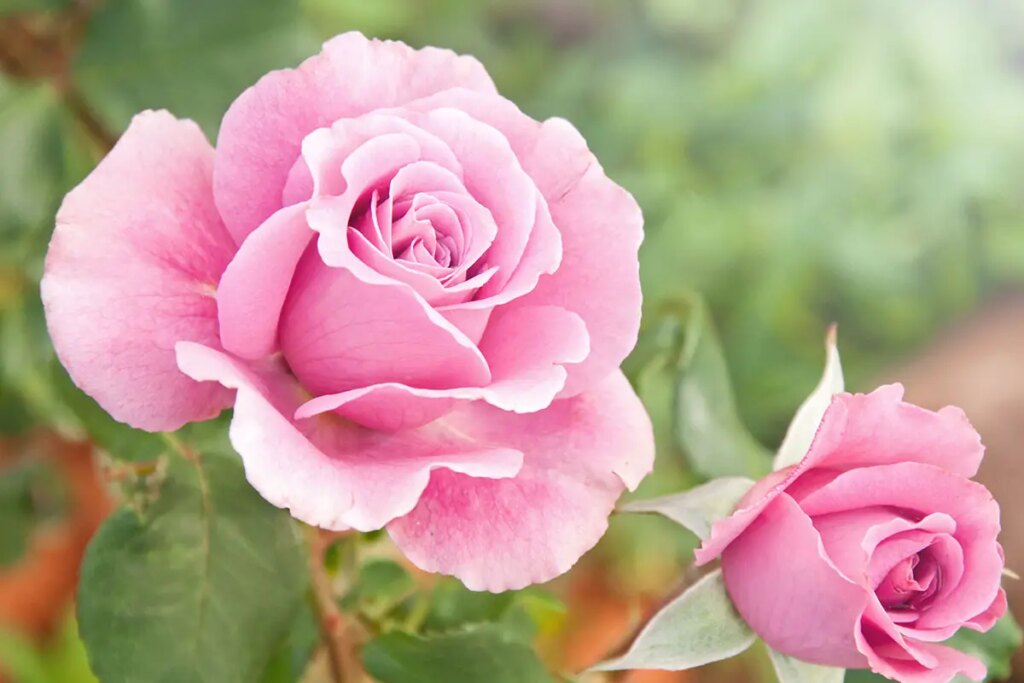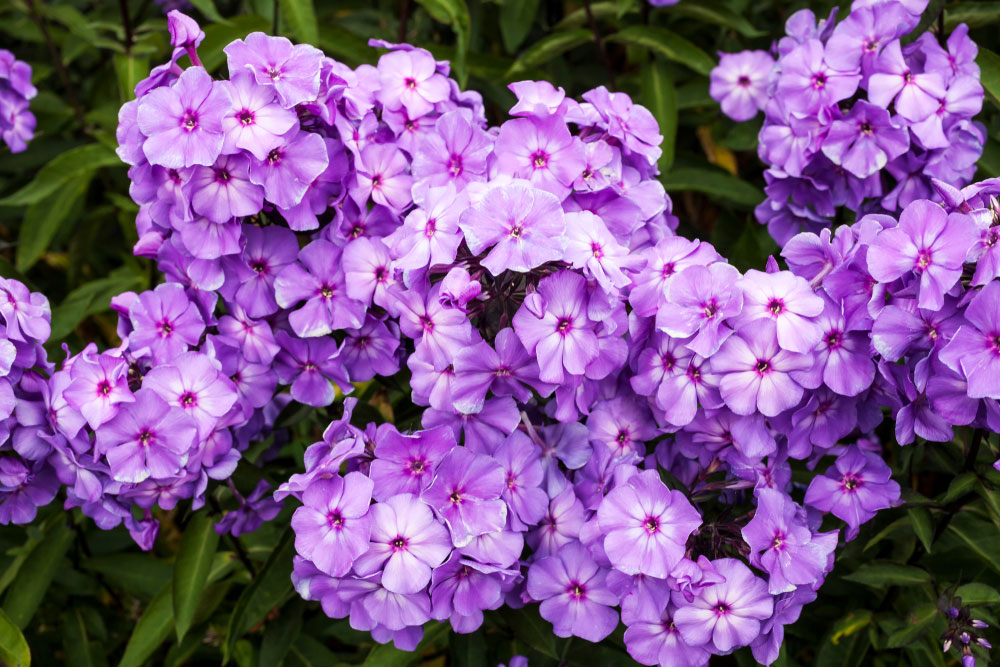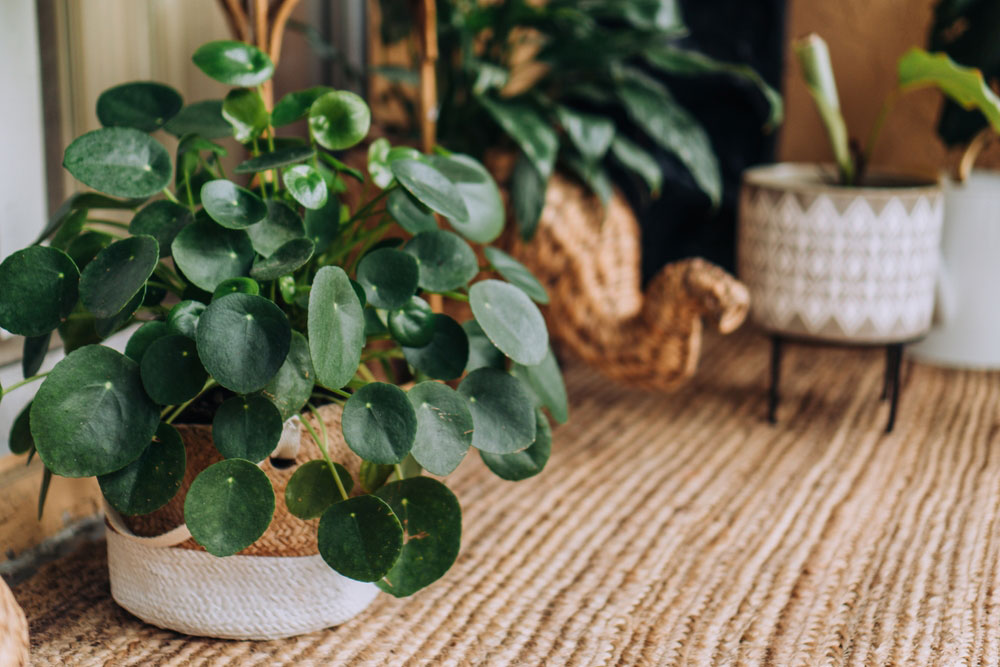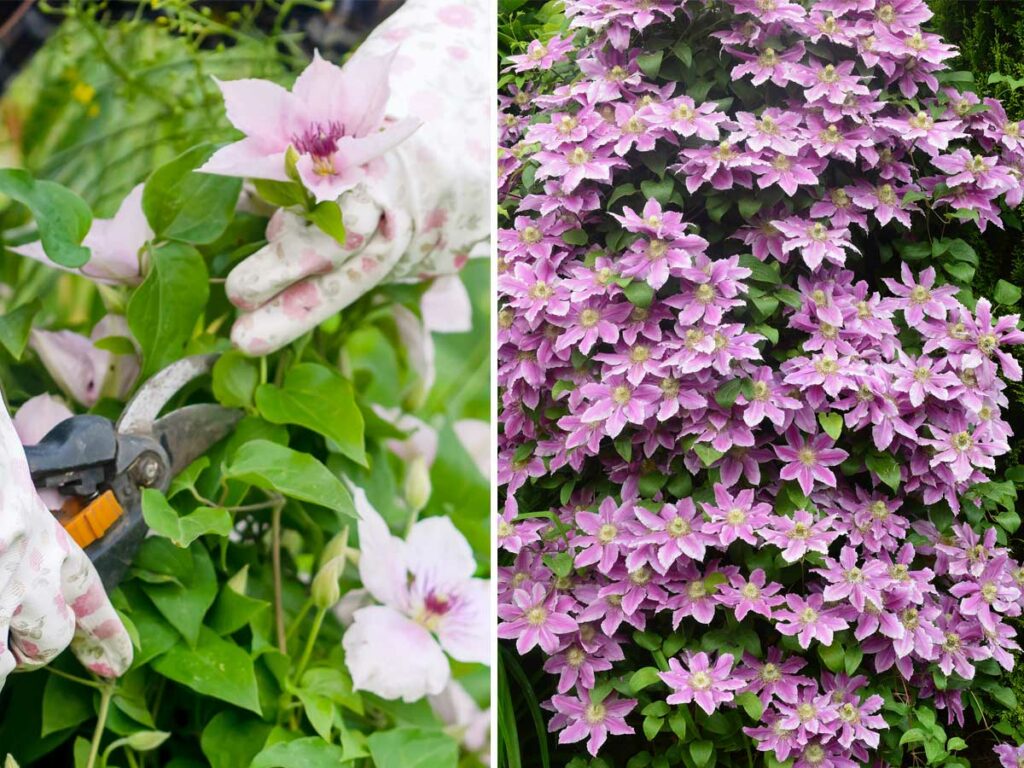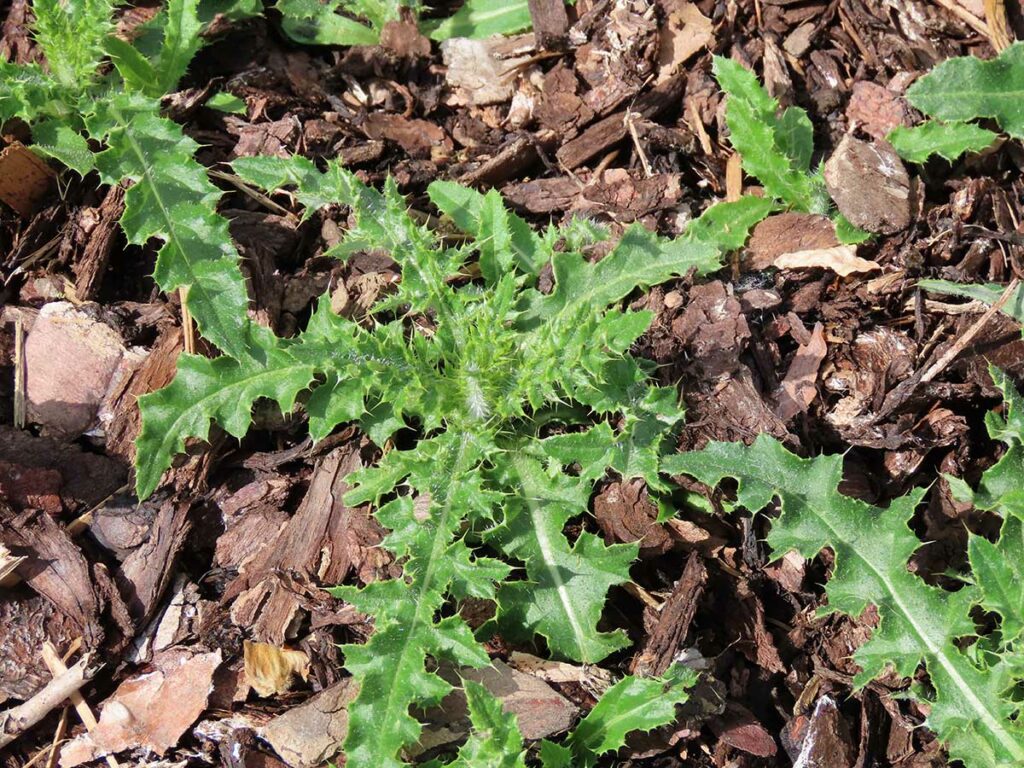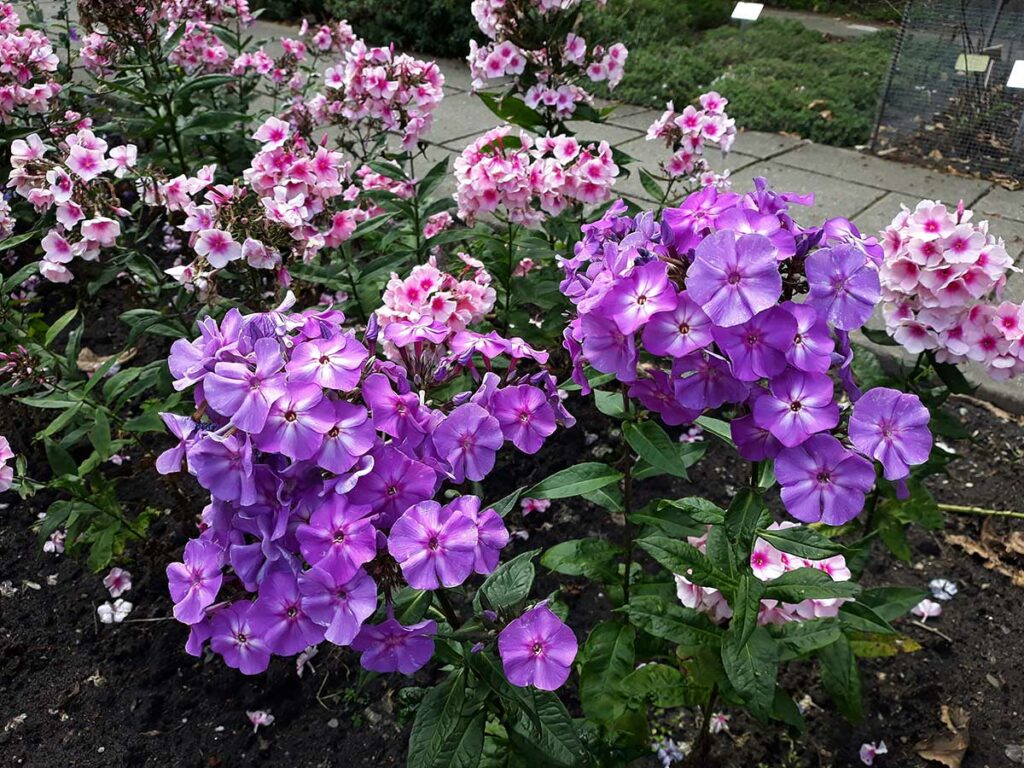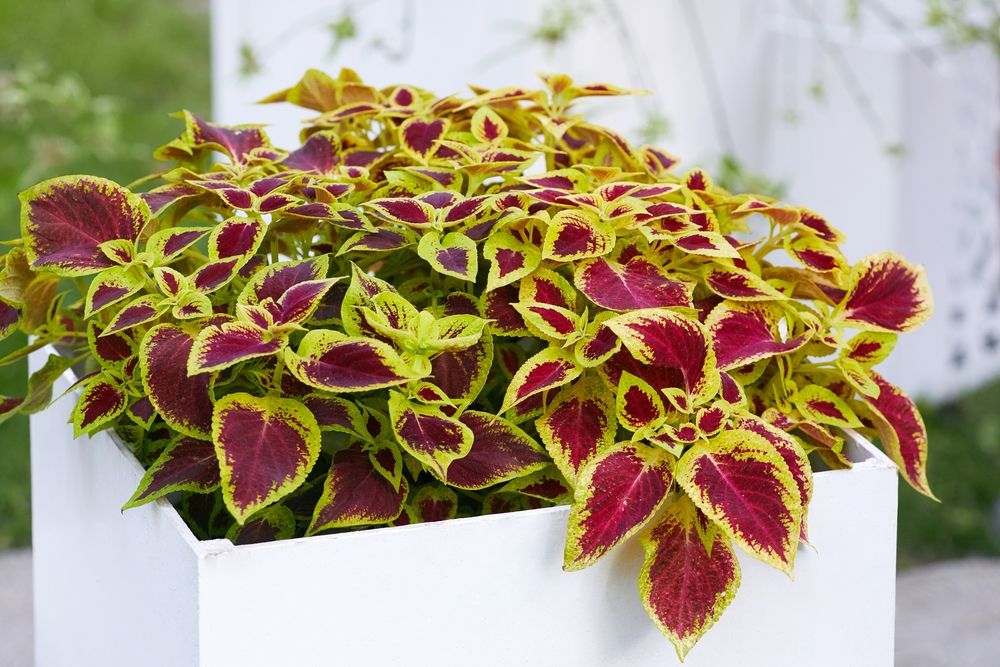
Coleus plants are a stunning addition to any garden or home with their vibrant, colorful foliage. Known for their eye-catching patterns and shades, they can easily become the star attraction in your outdoor or indoor space.
If you’re looking to add a pop of color to your surroundings, growing coleus is an excellent choice.
To grow coleus successfully, you’ll need just a few simple tools and guidelines. First, consider the right environment for your plants.
Coleus thrives in either sun or shade, so choose a location that suits your preference. Next, ensure that the soil is fertile and well-draining. With proper care, you’ll have a thriving coleus plant in no time.
Don’t be intimidated if you’re new to gardening – coleus plants are relatively easy to grow and can be very forgiving.
As you begin your coleus journey, you’ll quickly learn the tips and tricks to help these beautiful plants flourish.
Understanding Coleus
About Coleus
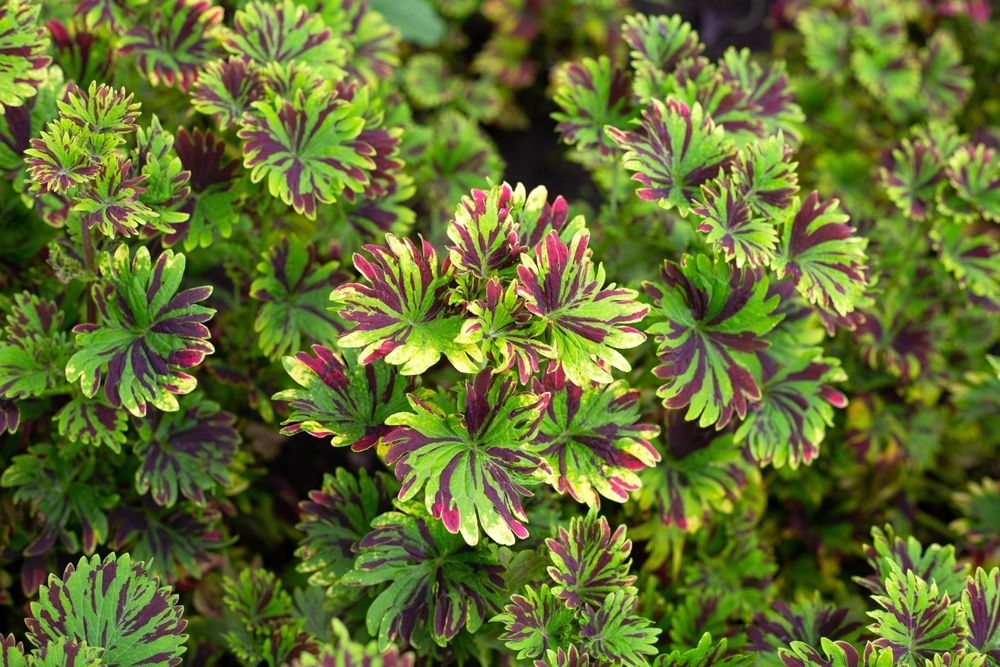
Coleus is a vibrant, eye-catching plant known for its colorful foliage. They belong to the Lamiaceae family, and their Latin name is Plectranthus scutellarioides. Coleus can add a splash of color to your garden, patio, or indoor space. With numerous varieties available, you can choose the perfect one to complement your aesthetic.
Ideal Conditions for Coleus
To help your Coleus thrive, here are some key factors to consider:
- Light: Coleus prefers bright, indirect sunlight. Too much direct sun can scorch the leaves, causing them to lose their vibrant colors. When grown indoors, ensure they get plenty of light from windows or a grow light.
- Temperature: Coleus thrives in temperatures between 60-80°F (15-27°C). They can’t tolerate frost, so if you live in a colder climate, consider growing them in pots so you can bring them indoors during the winter.
- Watering: Keep the soil evenly moist, but be careful not to overwater. It’s essential to allow the soil to dry slightly between waterings, as Coleus is prone to root rot if it’s too wet. Watch out for wilting leaves – that’s a sign your plant needs more water.
- Fertilizing: Feed your Coleus with a balanced, water-soluble fertilizer every 2-4 weeks during the growing season. A slow-release fertilizer can also be used at the beginning of the season.
- Pruning: To maintain its bushy appearance and prevent legginess, regularly pinch back the tips of the stems. This encourages more branching and fuller growth.
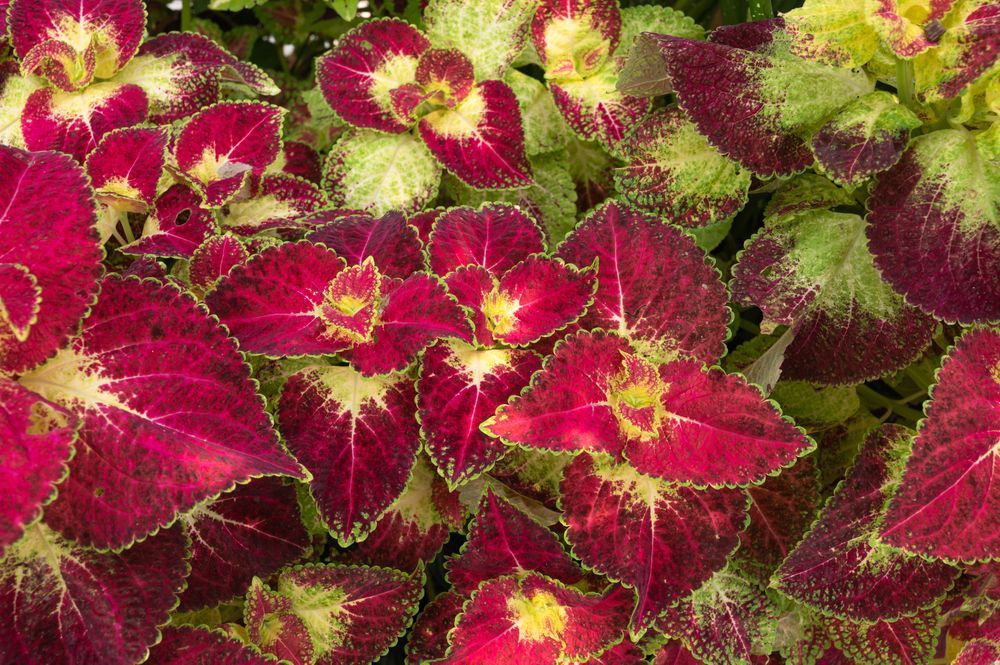
By providing the right conditions, your Coleus will reward you with beautiful foliage throughout the growing season.
How To Plant Coleus
Choosing the Right Soil
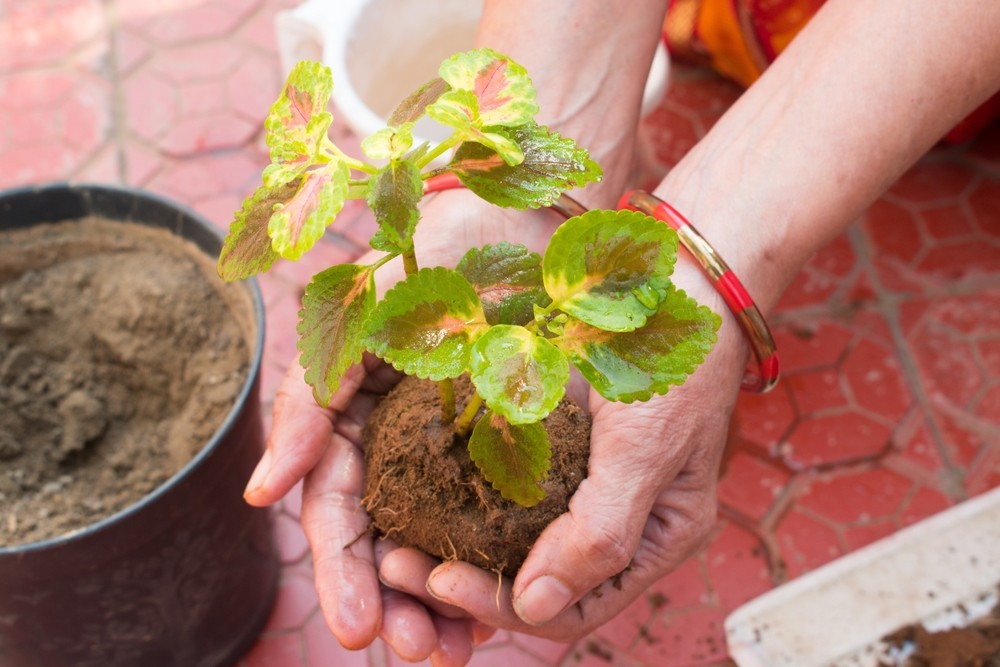
To grow healthy Coleus, you need to choose the right soil. The ideal soil for Coleus should be light and well-draining. You can create a good mix by combining:
- 60% peat moss or coconut coir
- 30% perlite
- 10% compost or well-rotted manure
This blend will ensure that your Coleus has enough nutrients and proper drainage to thrive.
Seed Starting
Starting Coleus from seeds is easy and rewarding. Follow these steps to begin your Coleus journey:
- Choose the right time: Start your seeds indoors about 8 to 10 weeks before the last expected frost date in your area.
- Prepare the soil: Fill seed trays or small pots with your prepared soil mix.
- Sow the seeds: Lightly sprinkle the Coleus seeds on top of the soil. Don’t worry about overwatering, as Coleus seeds are tiny and need light for germination.
- Keep seeds moist: Cover the trays or pots with plastic wrap to maintain humidity, and mist the seeds with water as needed to keep them moist.
- Provide ample light: Place your seed trays or pots in a bright location, such as near a sunny window or under grow lights.
- Germination: Coleus seeds typically germinate in 10 to 14 days.
Transplanting Coleus
Once your Coleus seedlings have grown at least two sets of true leaves and have reached about 3 to 4 inches in height, they’re ready to be transplanted into larger containers or into the garden. Here’s how to do it:
- Indoor transplant: If you’re growing Coleus as a houseplant, gently transplant your seedlings to a larger pot with fresh soil mix. Make sure the pot has drainage holes to avoid waterlogged roots.
- Outdoor transplant: After the danger of frost has passed, harden off your Coleus seedlings by gradually exposing them to outdoor conditions for 7 to 10 days. Choose a spot in your garden with partial shade, avoiding direct sunlight or hot afternoon sun, which can scorch Coleus leaves. Prepare the planting area by loosening the soil and incorporating compost or well-rotted manure. Space the Coleus seedlings 12 to 18 inches apart and water them well after transplanting.
Maintaining Coleus Growth
Watering Coleus
When it comes to maintaining the growth of your Coleus, watering is an essential aspect. Coleus plants prefer evenly moist soil. Try to keep the soil consistently moist, but not soggy, by watering your Coleus as soon as the top layer of the soil starts to feel dry. Over-watering can cause their roots to rot, so it’s important to find a balance. A good practice is to water your plant every 3-4 days, depending on the humidity and temperature around the plant. Remember to avoid getting water on the leaves, as wet foliage encourages diseases.
Fertilizer for Coleus
Proper nutrition is crucial for your Coleus to thrive. Fertilize your Coleus with a balanced, water-soluble fertilizer every two to three weeks throughout the growing season. A 10-10-10 or 15-15-15 fertilizer ratio is ideal, ensuring that your plant receives equal amounts of nitrogen, phosphorus, and potassium. Make sure to follow the instructions on the fertilizer package for proper application. This regular fertilization will promote healthy and vibrant foliage, ensuring a stunning display in your garden or container.
Caring Tips for Coleus
Pest and Disease Control
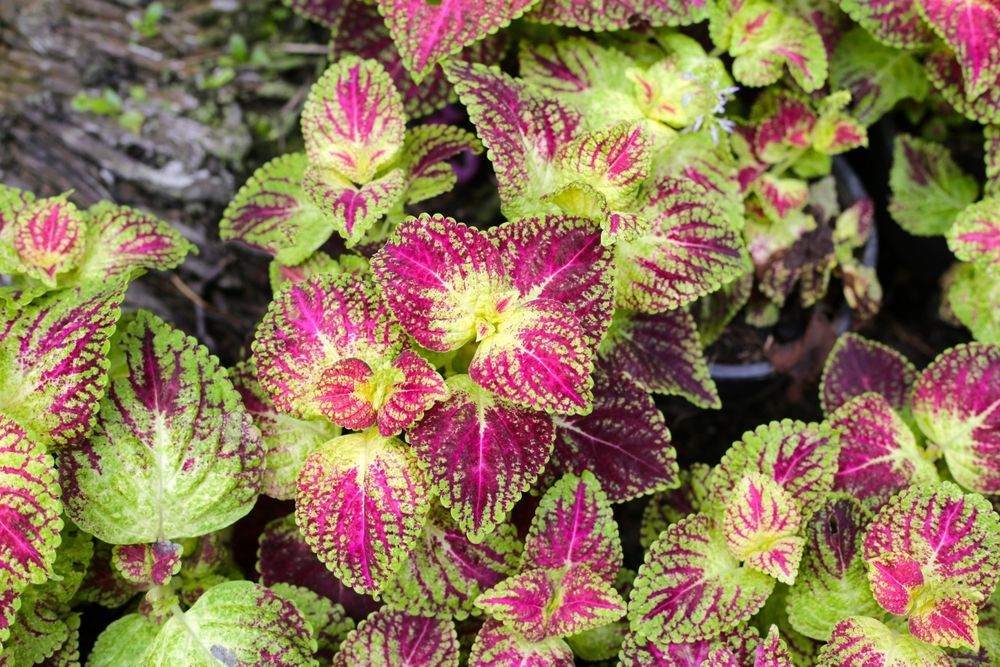
Coleus plants are relatively pest and disease resistant, but keeping an eye out for potential problems is essential for healthy plants. Watch for aphids, spider mites, and whiteflies. You can gently wash them off with water or use insecticidal soap or neem oil to eliminate these pests.
Diseases that may affect your coleus include root rot and fungal leaf spots. To prevent root rot, make sure not to overwater and use well-draining soil. Remove any affected leaves, and treat fungal leaf spots with a fungicide.
Trimming and Propagation
Regular trimming is essential to maintain the shape and lush appearance of your coleus plants. Pinch back growing tips and flower spikes to encourage bushier growth and prevent your plant from becoming leggy. Cut back any overgrown stems, keeping at least two leaf pairs on the stem.
Propagation is easy with coleus plants. Simply take stem cuttings, ensuring there are at least two leaf nodes, and place them in a glass of water. Change the water every few days, and soon you’ll see roots growing. Once the roots are a couple of inches long, you can plant the cuttings in well-draining soil, and they’ll quickly become new plants.
Additional Considerations For Coleus
Indoor vs Outdoor Coleus
When it comes to growing Coleus, you have the option to either grow them indoors or outdoors.
Indoors: Coleus can make stunning houseplants, and it’s easy to maintain them. They enjoy a well-lit spot near a window, but be careful not to expose them to direct sunlight. Keep the soil moist and ensure proper drainage. Pay attention to the plant’s humidity needs, and if necessary, increase the humidity around it using a humidifier.
Outdoors: You can also plant your Coleus outdoors. They thrive in shaded and partially shaded areas with temperatures between 60-75°F (15-24°C). The soil should be damp, but not overly wet. They also make excellent border plants and can be mixed with other shade-loving plants.
Mixing With Other Plants
Coleus plants are versatile and can be combined with various plant species to create eye-catching arrangements in your garden or containers. Here are a few suggestions on how to mix Coleus with other plants:
- Ferns: The delicate and intricate patterns of ferns complement the vibrant foliage of Coleus.
- Hostas: Pair Coleus with hostas that have similar coloration to create a harmonious display of color and texture.
- Impatiens: The vibrant colors of impatiens can bring out the best in Coleus foliage and help fill in any gaps in a container or garden bed.
Remember that the key to successfully mixing Coleus with other plants is to consider their watering and light requirements. This will help ensure that all the plants in your arrangement thrive and look their best.
Frequently Asked Questions
What is the ideal lighting for coleus plants?
Coleus plants thrive in bright, indirect sunlight. If you’re growing them indoors, place them near a window with filtered light. Too much direct sun can cause their vibrant leaf colors to fade. Outdoors, plant coleus in a location that receives morning sun and afternoon shade to prevent leaf scorching.
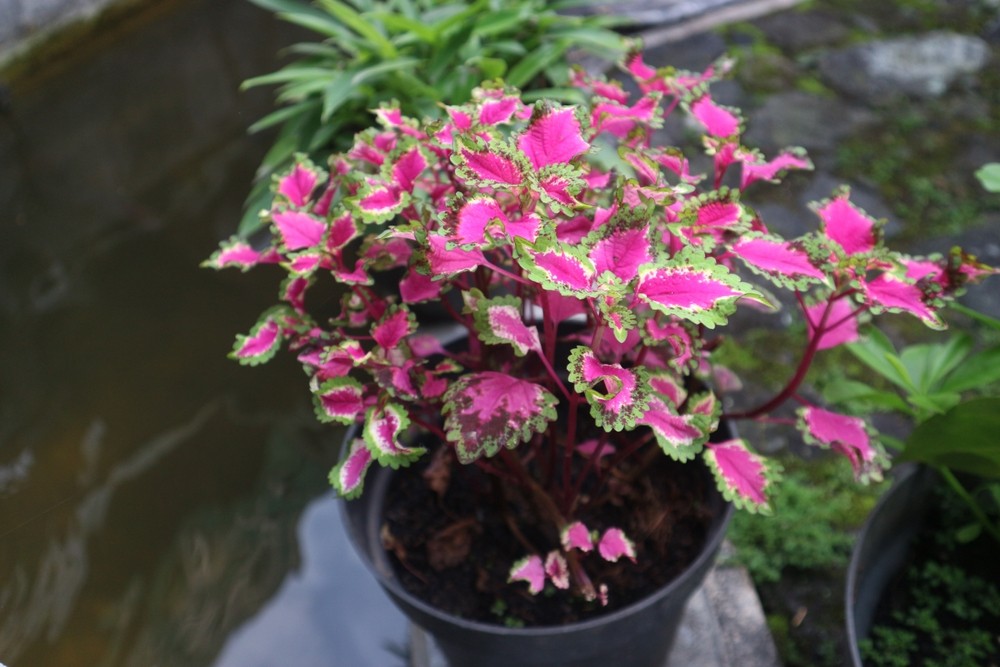
How often should I water a coleus plant?
Water your coleus plants regularly to keep the soil consistently moist, but not soaking wet. Depending on the environment and pot size, this may mean watering every few days or once a week. It’s essential to avoid letting the soil dry out completely, as this can cause wilting and affect the overall health of the plant.
What are some popular coleus varieties?
There are numerous coleus varieties available, each showcasing different leaf colors, shapes, and patterns. Some popular coleus varieties include:
- Kong Series: Known for their large leaves and vibrant colors, perfect for creating stunning container gardens.
- Wizard Series: Compact plants with various shades and patterns, ideal for borders and mixed planting.
- Pineapple Surprise: Showcases bold, red and yellow leaves resembling a pineapple’s coloration.
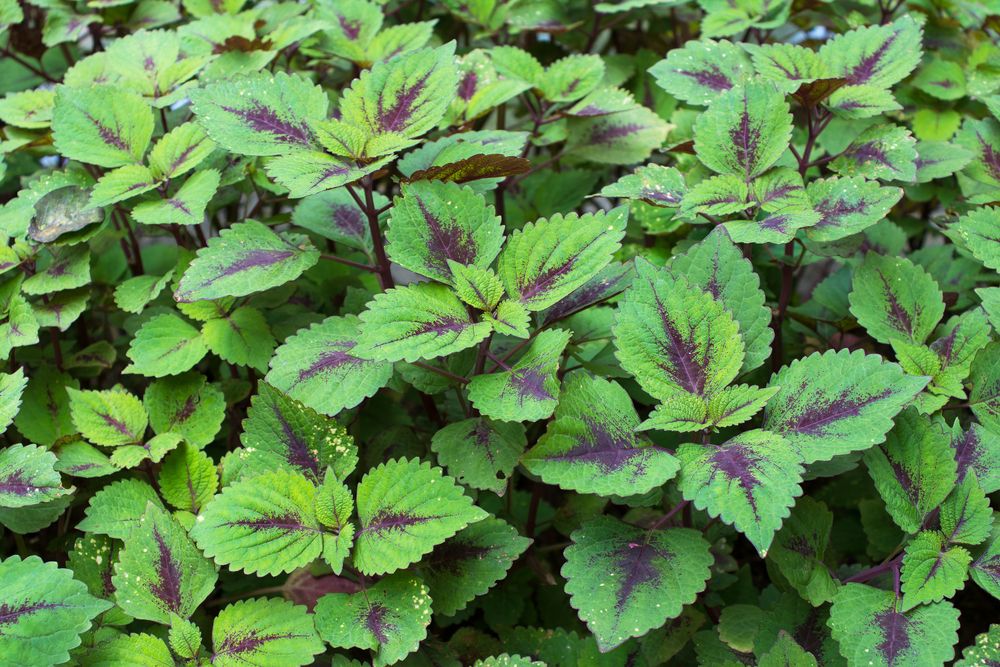
How should I care for coleus during winter?
If you live in a region with cold winter temperatures, bring your coleus plants indoors before the first frost. Place them in a location with bright, indirect light and moderate indoor temperatures (around 65-75°F). Continue watering regularly, but reduce the frequency as the plants may require less water in winter months.
What is the proper spacing for coleus plants?
When planting coleus outdoors or transferring them to a larger pot, allow for adequate spacing between plants to encourage healthy growth. Space smaller varieties about 8-12 inches apart, while larger varieties may require 15-24 inches of space to spread out. Proper spacing helps increase air circulation and reduce the risk of diseases.
How can I propagate coleus from seeds?
You can propagate coleus by sowing seeds indoors, about 8-10 weeks before the last expected frost date. Gently press the seeds into a seed-starting mix and maintain a temperature of 70-75°F to encourage germination. Keep the soil moist but not soaked, and place the seed tray in a location with bright, indirect light. After the seedlings develop a couple of sets of true leaves, you can transplant them into individual containers or their final outdoor location, once the threat of frost has passed.

